Legal translation between European Portuguese and English is one of the most demanding areas of professional linguistic work. Every word, verb tense, and structural nuance carries legal consequences. A single mistranslation can alter obligations, rights, or liabilities, making precision absolutely non-negotiable. Unlike general translation, legal language follows rigid conventions, and European Portuguese uses formulations that simply don’t exist in English. This means translators must combine legal literacy with cultural awareness and impeccable attention to detail.
In this article, we’ll break down five of the most common mistakes that occur when translating legal Portuguese texts into English—and more importantly, how to avoid them. You’ll learn why literal translation is risky, how false friends distort meaning, and why syntax differences cause confusion. We’ll also cover practical examples found in contracts, agreements, corporate documents, and regulatory filings. Whether you’re a translator, a company expanding into English-speaking markets, or someone reviewing bilingual legal documents, this guide will help you elevate both accuracy and clarity in your European Portuguese to English translation strategy.
- Literal Translation of Fixed Legal Phrases
Portuguese legal documents rely heavily on set expressions such as “nos termos da lei,” “por força do presente,” and “sem prejuízo do disposto.” Translating these literally produces unnatural or misleading English. Instead, translators adapt them to standard legal English phrases like “under applicable law,” “by virtue of this agreement,” and “without prejudice to the provisions set forth.” Ensuring alignment with English legal style prevents misinterpretation.
- Misinterpreting False Friends with Legal Weight
Words like “eventual,” “assistir,” or “pretender” appear harmless but carry different meanings in legal Portuguese versus English. “Eventual” means “possible,” not “eventual.” “Assistir” often means “to be entitled to,” not “to assist.” These small mistakes lead to big inaccuracies in contracts and legal opinions. A strong legal glossary and context-based judgment help eliminate ambiguity.
- Losing Precision with Verb Tenses and Moods
Portuguese legal writing frequently uses future subjunctive forms (e.g., “quando ocorrer,” “se vier a ser”), which have no direct equivalent in English. Literal translations sound awkward and unclear. Translators instead express obligation or condition with English structures like “if it occurs” or “in the event that it is.”
Matching intent—not form—is essential.
- Confusing Formality Levels
European Portuguese legal documents often use extremely formal tone, long sentences, and complex structures. English legal writing, while formal, is more direct. Overly literal translations create dense, unreadable English text. Translators must condense, reorganize, and align with English legal drafting norms without changing meaning.
- Mishandling Numbers, Dates, and Formatting
Portuguese formats (e.g., “1.500,00€” or “23/09/2025”) differ from English (“€1,500.00” or “09/23/2025”). Mistakes in formatting may cause financial discrepancies or compliance issues. Legal translators must follow target-market standards for all numeric elements to prevent misinterpretation.
Conclusion
Legal translation is far more than converting text between languages—it’s a discipline rooted in precision, clarity, and legal logic. When translating from European Portuguese to English, professionals must navigate linguistic traps, structural differences, and cultural expectations. The mistakes outlined here are common, but they are also entirely preventable with the right expertise, research habits, and awareness of legal drafting standards.
If your work involves contracts, compliance documents, service agreements, or corporate filings, investing in proper legal translation is essential. It protects your organization from costly misunderstandings, preserves contractual intent, and ensures your English-language documents maintain the same legal weight as their Portuguese originals. By focusing on accuracy, avoiding literal traps, and staying aligned with English legal conventions, your translations will not only read better—they will perform their legal function more effectively.
Master these principles, and you’ll be well-equipped to handle even the most complex European Portuguese-to-English legal translations with confidence.
FAQs
- Why is literal translation risky in legal documents?
Because Portuguese and English legal systems use different structures and fixed expressions. - Do legal translators needsubject-matterexpertise?
Yes—understanding legal context is essential for accuracy. - What tools help avoid legal translation mistakes?
Legal glossaries, corpora, reference contracts, and peer review. - Can machine translation handle legal text?
Onlypartially—human review is mandatory due to high risk. - What industries rely most on legal translation?
Finance, real estate, technology, government, and international business.


